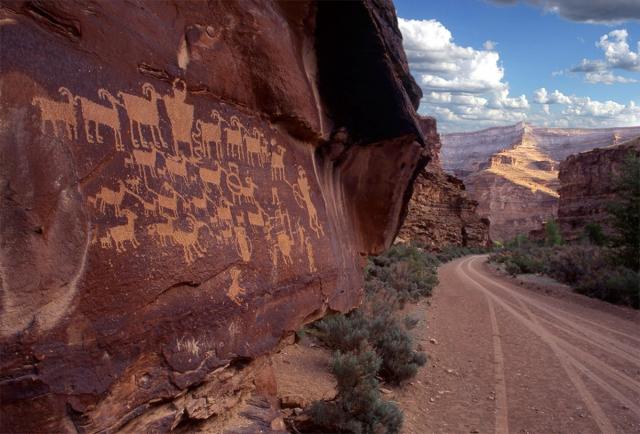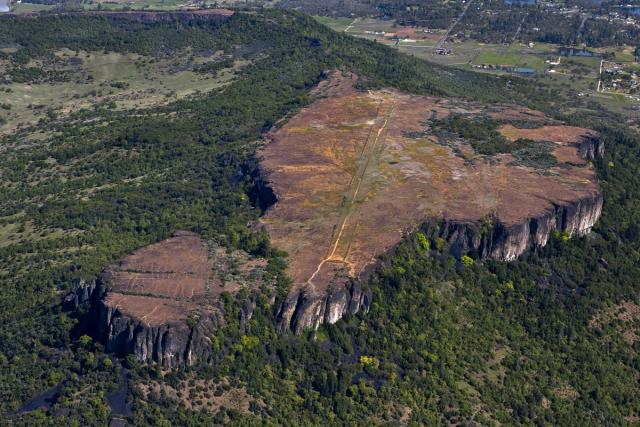
Areas of Critical Environmental Concern
Areas of critical environmental concern (ACECs) are public land units that require special management that require special management to protect important and unique scenic landscapes, and can also protect people and property from hazards on public lands. The designation is unique to the BLM and allows us to conserve important and relevant values through tailored, site-specific management.
The Federal Land Policy and Management Act (FLPMA) requires the BLM to prioritize designating and protecting ACECs that contain these resources or hazards. ACECs are proposed and evaluated through land use planning using the best available information and extensive public involvement, and you have a say in how they are managed.
Things to know about BLM Planning and ACECs
1. How does land use planning relate to ACECs?
Each BLM field and district office prepares land use plans for public lands, as required by FLPMA. As a resource management plan is developed, BLM managers work with local, state and Tribal governments, the public, and other stakeholders to identify appropriate uses of the public lands and any protection measures needed. People can nominate areas of public lands for consideration as an ACEC during the planning process. The BLM could also decide to initiate a land use plan amendment in order to consider designating a proposed ACEC.
2. What activities are allowed in an ACEC?
The types of activities allowed within an ACEC depend on the resources and natural values the area is designated to protect. The BLM is required to manage each ACEC in a manner that conserves, protects and enhances the relevant and important values identified during planning. An ACEC can also provide opportunities for recreation and education, which yield tangible benefits for local communities through tourism dollars.
3. How are ACECs nominated?
Anyone can nominate an ACEC, and then it is evaluated during land use planning using the best available information and extensive public involvement.
The dwarf wooly meadowfoam wildflower grows nowhere else on earth except the top of the Table Rocks. | BLM/Bob Wick
4. How are ACECs evaluated?
To be considered for designation as an ACEC, the area must meet three criteria: relevance, importance and need for special management attention. These criteria may include ecological intactness and habitat connectivity. If a nominated area meets the criteria, an interdisciplinary planning team develops potential management options and incorporates the proposed ACEC into a draft resource management plan (RMP). Members of the public have the opportunity to review and comment on proposed ACECs and the associated management options during a 90-day public comment period.
5. How are ACECs designated?
After the public comment period closes, the planning team prepares and publishes a proposed RMP. After the proposed RMP is published, people who have participated in the planning process and have an interest which may be adversely affected by a planning decision have 30 days to submit a formal protest. Once the BLM has resolved protests, ACECs are designated by the decision on the approved RMP.





